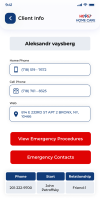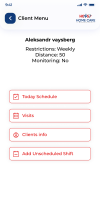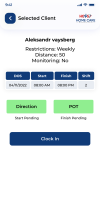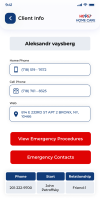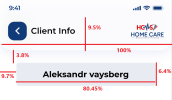You have an image of what your designer wants (a .jpg file). Now you would like to make a B4X designer layout that matches the image.
It is not a simple process to convert an image to a series of views. You would need to detect shapes in the image through edge detection.
It is not just converting image pixels to view dimensions.
But...
@klaus has a cropping library, where you could select each view (one at a time and save it as an image).
These images could then be used to identify the dimensions of each view. Some transformation from number of image pixels to B4X view would have to be done.
This you could do by finding the scale factor by trial and error probably. The same scale factor would work for all views.
Still a lot of work, depending on how many views there are (of course views with the same dimension would only need to be once.)

